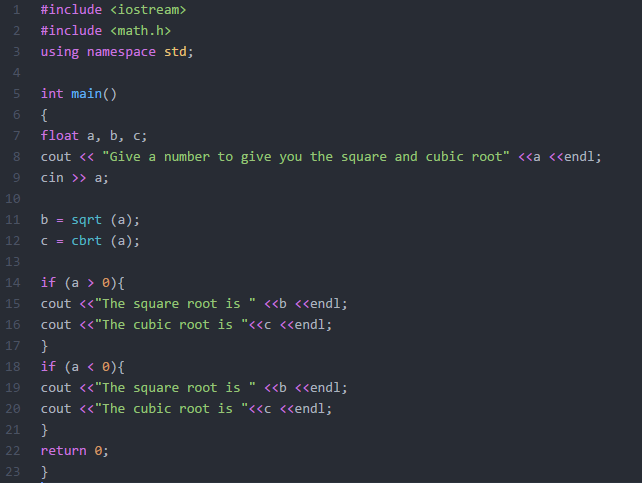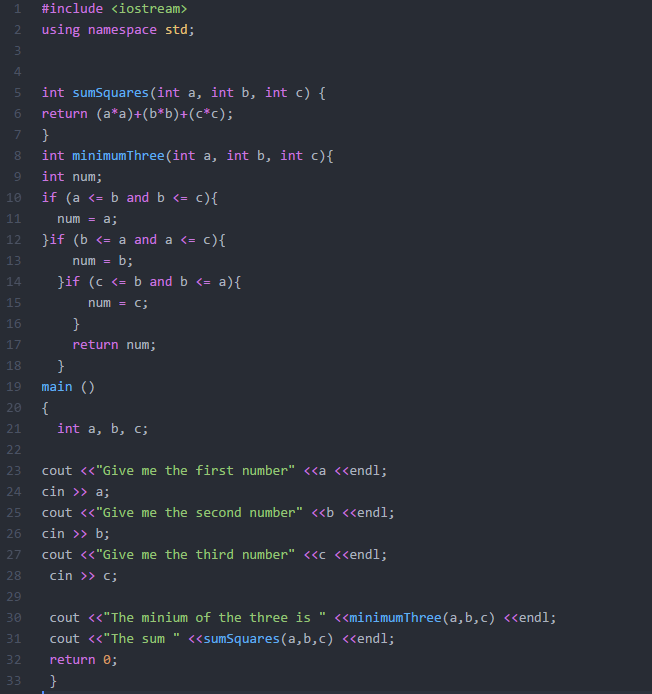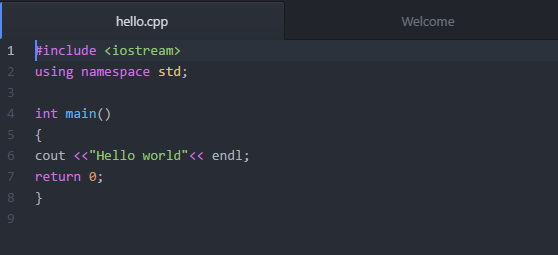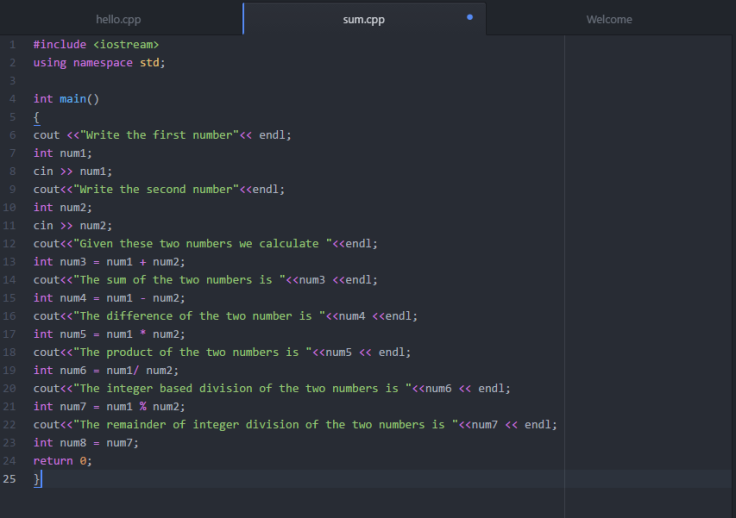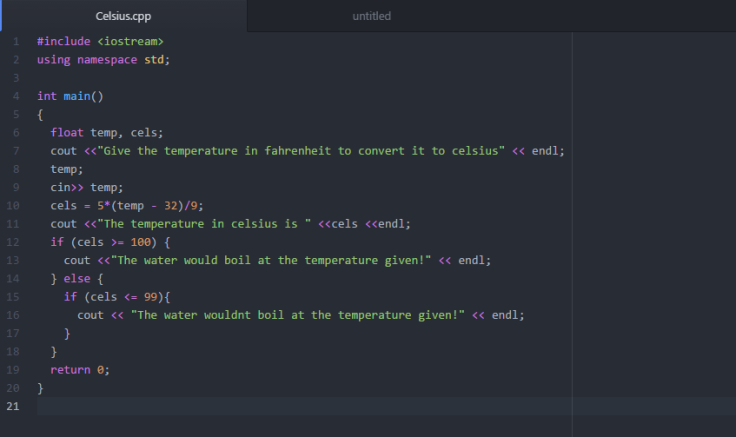--Originally published at Programming
The instruction was:
You will go back and do WSQ01 – Fun with Numbers again. But this time, write a function for each calculation. Each function should define two parameters (in this example of type int) and return the correct value as an integer as well. You main program needs to ask the user for the input and then call each function to calculate the answer for each of the parts.
Well is exactly what says the instruction, is like quiz 4#.
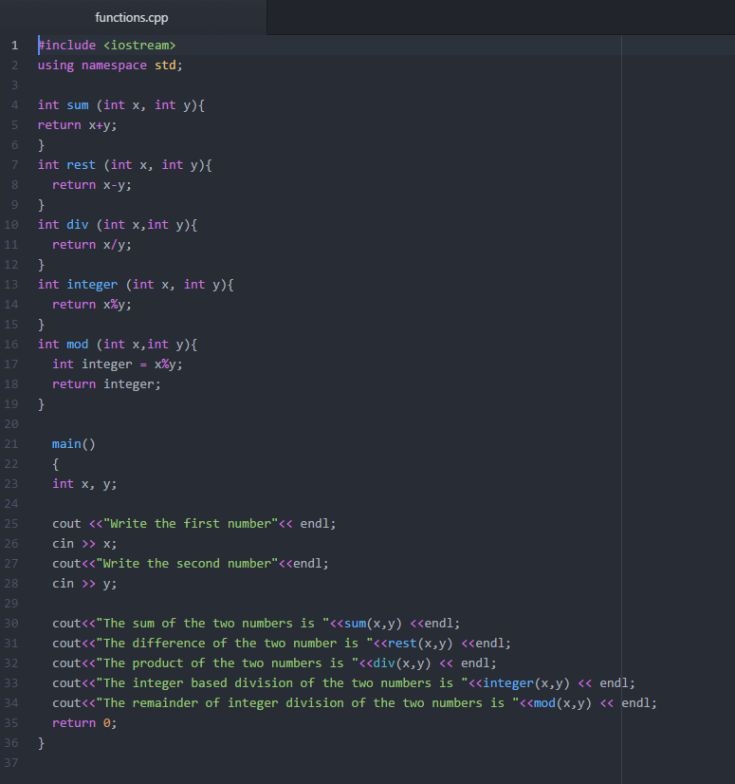
#WSQ05

